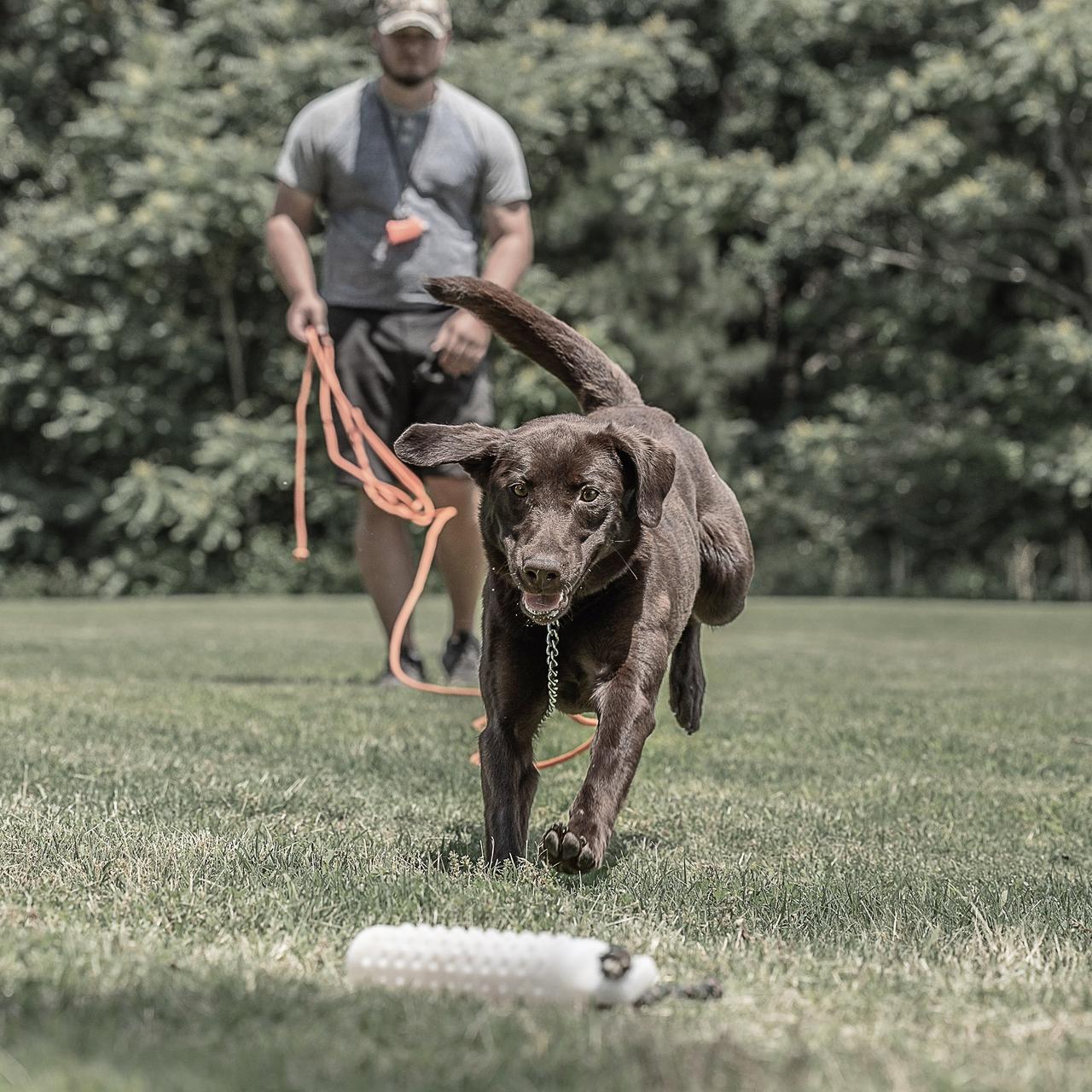
When Your Dog Should Enter the Hunt
Posted by The SportDOG StaffYoung dogs take a while to develop into the hunting or field trial champion you want. Your knowledge that the pup you chose is from proven hunting stock is just the beginning.
I have been spoilt. During hunting and field trial seasons, I have always had older, veteran dogs to rely on. When my dogs are young, they go along on the hunt to feel the excitement generated by the older dogs. They do not go into the hunting field until their maturity level and obedience training shows they are ready.
I believe young dogs shouldn't have bird contact until their obedience training is thoroughly ingrained. They ought to heel and stop before ever encountering a bird. They should also be familiar with the commands here and come. Well-bred gun dogs have a natural instinct for birds from birth; they don't need to chase birds to develop this instinct. Moreover, they don't need to be taught to point; it's in their breeding to point. I truly think that bird work can take a back seat for a few months until the foundational training of an obedient pupil and hunting companion has been established.
A first-time dog owner often wants to show off their new pet by shooting birds over it while their mates watch the hopefully skilful performance. I've been to numerous field trials where the owners of three-to-six-month-old pups will shoot cock pheasants over their dogs, sometimes only wounding the bird, but sending the dog for a retrieve. These owners don't realise the potential harm they could be causing their dog. If a pheasant isn't cleanly taken down when the dog goes for the retrieve, the bird's flapping wings can inflict damage. Or worse yet, what if the young dog gets spurred in the mouth? The damage could well leave you with a gun-shy hunting dog.
Dogs, like people, have different personalities. You must learn to read that personality and adjust your training methods accordingly. Bring that pup along slowly and make sure you’re on the same page while training.
My eight-year-old German shorthaired pointer, Riley, was trained gradually. At nine months old, her training was focused on obedience before she was introduced to birds. She was taught to hold her point for three months before a bird was ever shot for her. She was also trained to retrieve on command at this time. To this day, she remains attentive when in the bird fields, recalling her early training. Owing to this training, she seldom breaks at the flush and shot. I am a staunch advocate for training young dogs with pigeons. They are easily obtainable and if not cleanly dispatched will not harm the dog in any way.
Introducing a young dog to wild birds too early may cause bad habits which will be hard to correct later. At this young age, you could very well encourage him to hunt for himself rather than for you.
Follow a good training programme and allow your young dog to enjoy being a puppy. With early obedience lessons instilled, the young dog will know that he must listen to the boss at all times. If he should become distracted whilst in the field, a loud “heel” should bring him to your side. With the proper training, in a few years you should have a field trial competitor or a great all-around bird dog that enjoys hunting both with and for you.
Always check your local and national regulations related to dog training and the use of game birds on private and public property.
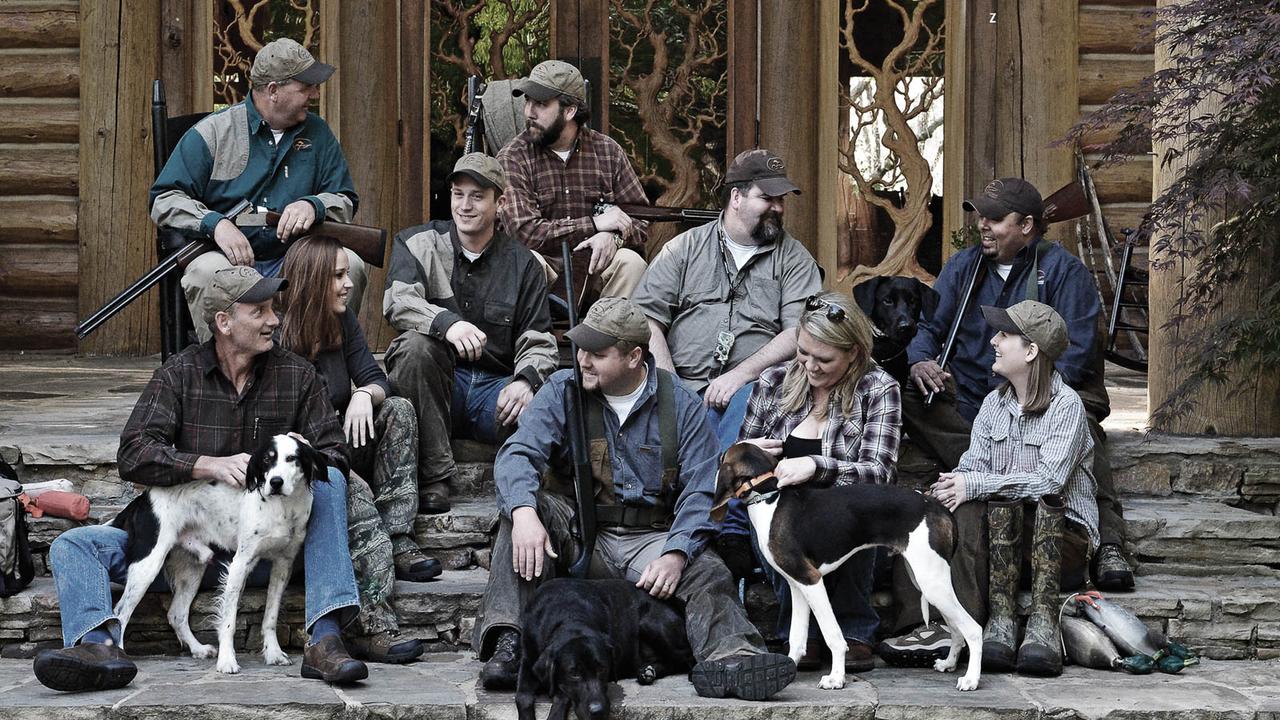
The SportDOG Staff
Related Articles
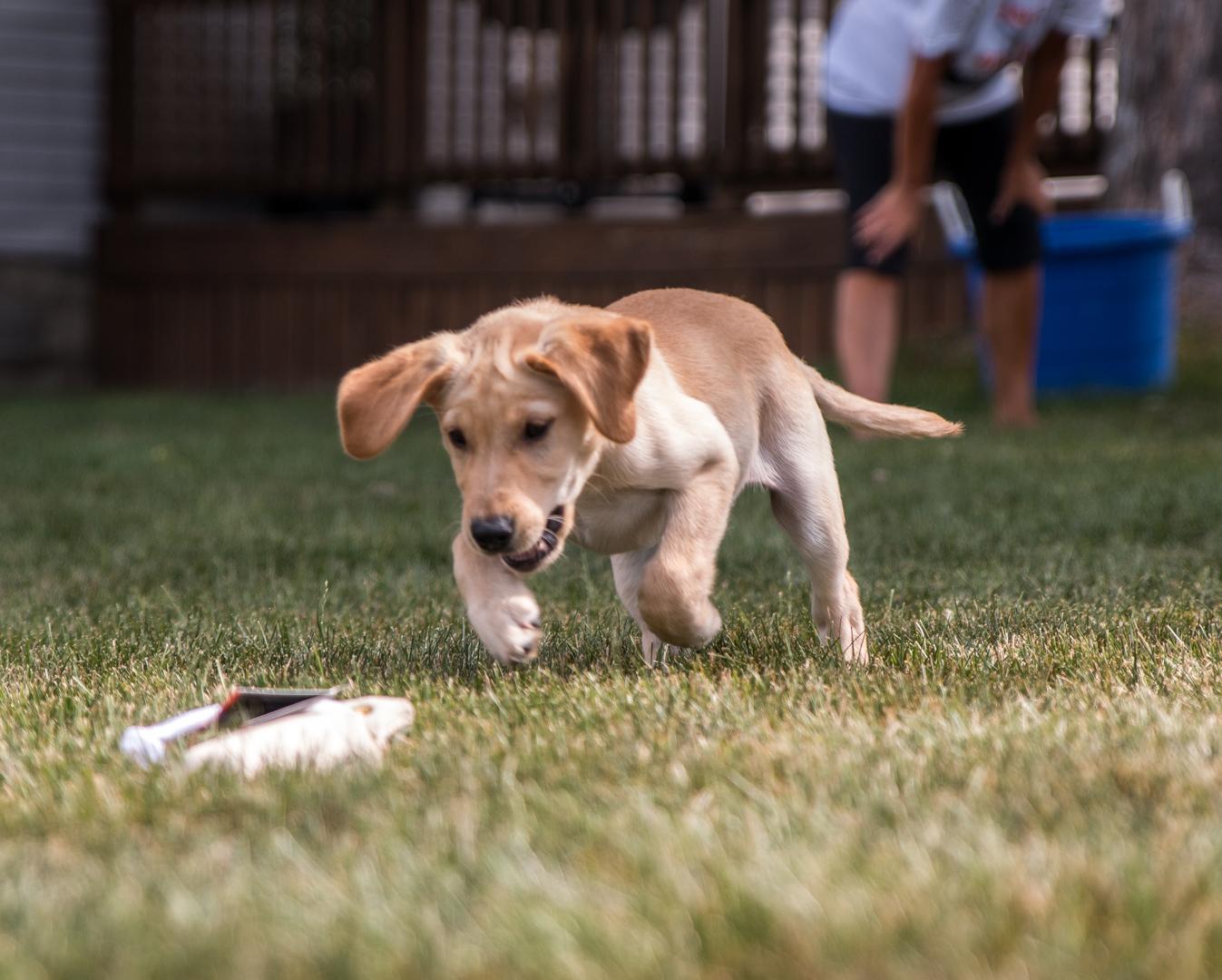
Where to Begin with Puppy Training
by The SportDOG Staff
There are several different things that need to be done for and with a new puppy. First and foremost make sure all pup's jabs are on time and up to date. Find a local vet and set up an appointment for your new companion. This is one of many places you...
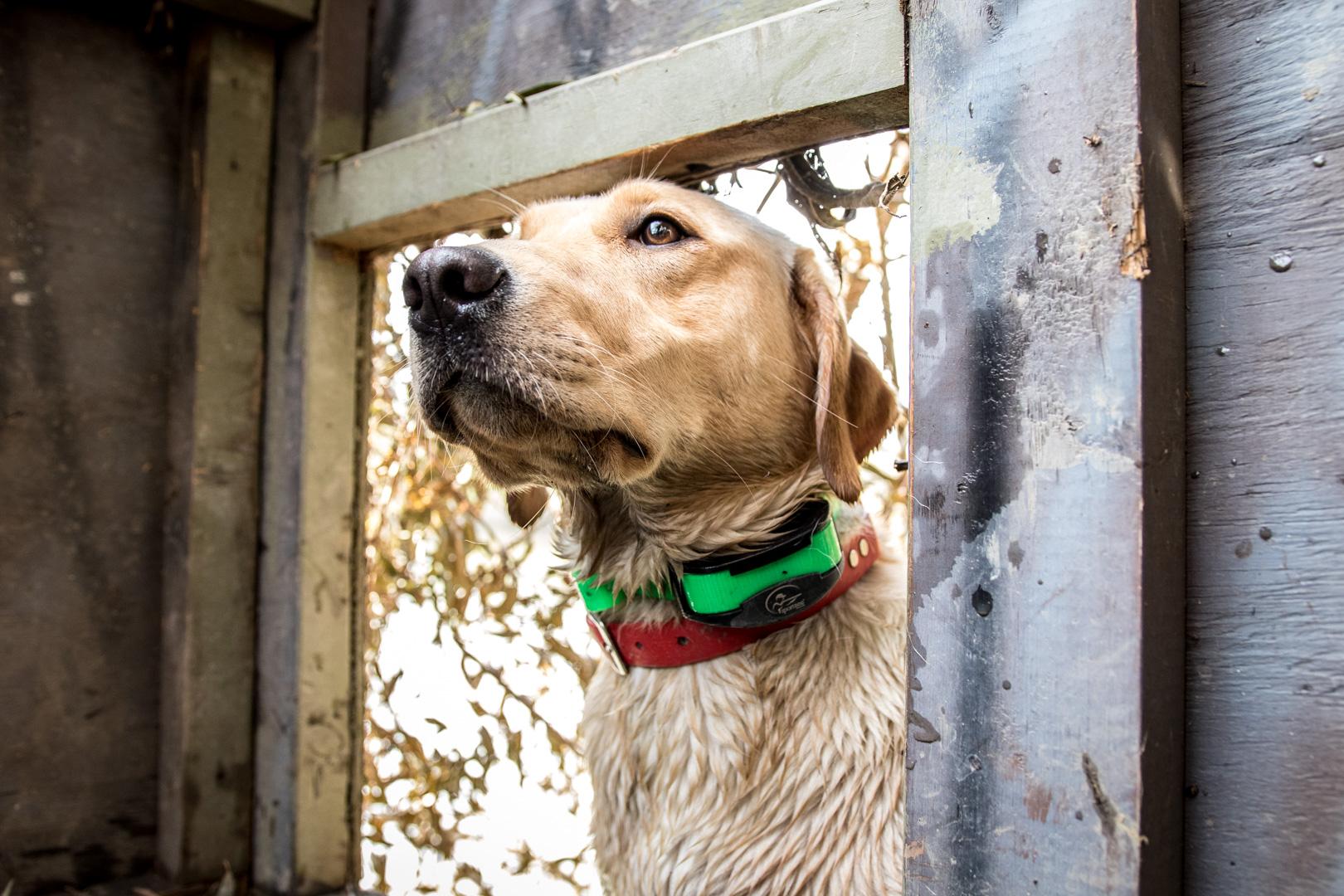
Pup’s First Hunt: Building Your Future
by Chris Akin
A puppy's first season, and more specifically, his first hunt, can be the most pivotal in his life as a gun dog. You only get one chance to make a first impression, and that impression can have a major impact on how a young dog is moulded into a hunting...
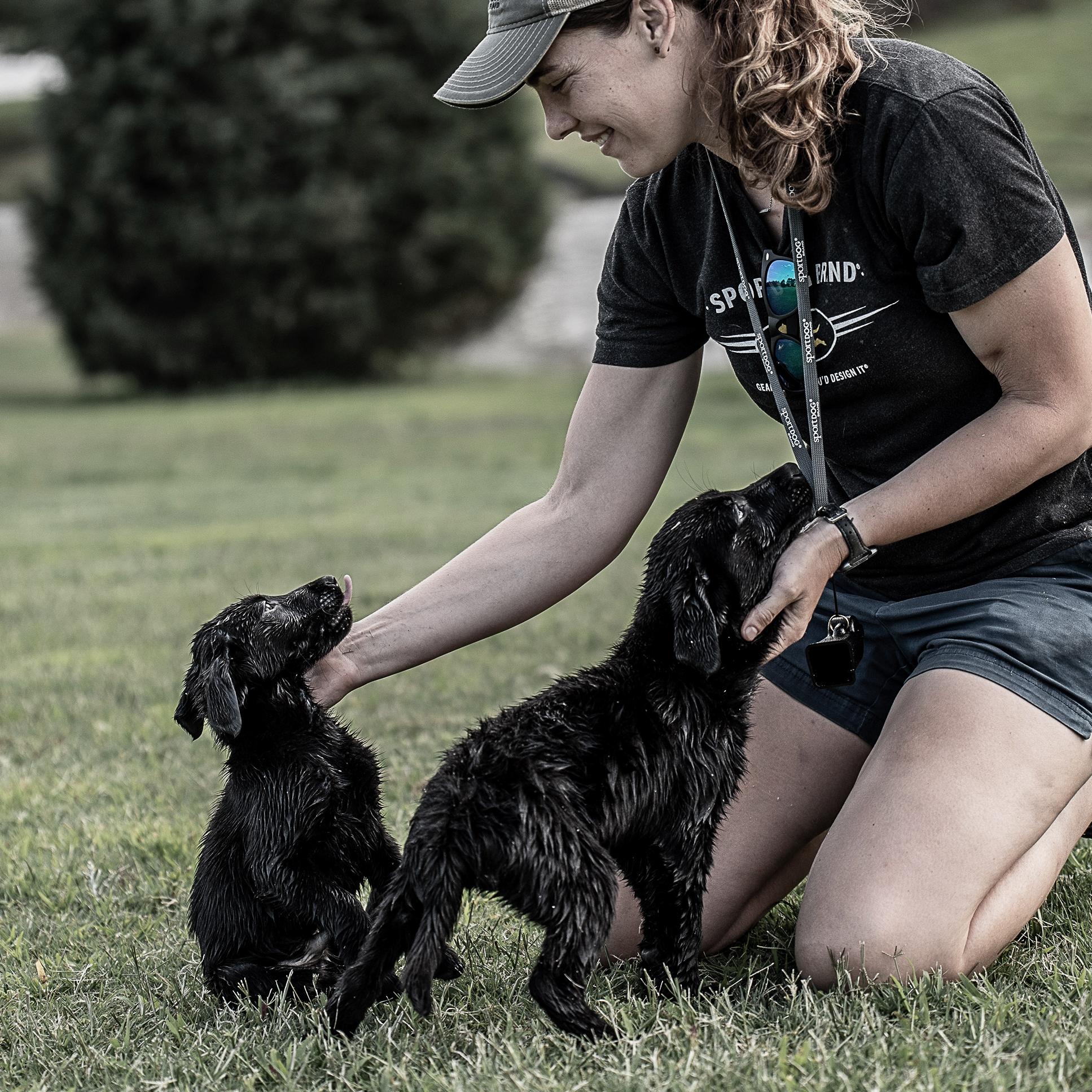
Where to Find a Dog with the Right Stuff - Part 1
by Charlie Jurney
Each time someone rings to enquire about locating a puppy, I have flashbacks to my first dog, Sam. I purchased Sam from a mate who had an athletic, eager hunting dog. He decided to breed his girl to a very nice looking male whose ancestors found fame in the show...
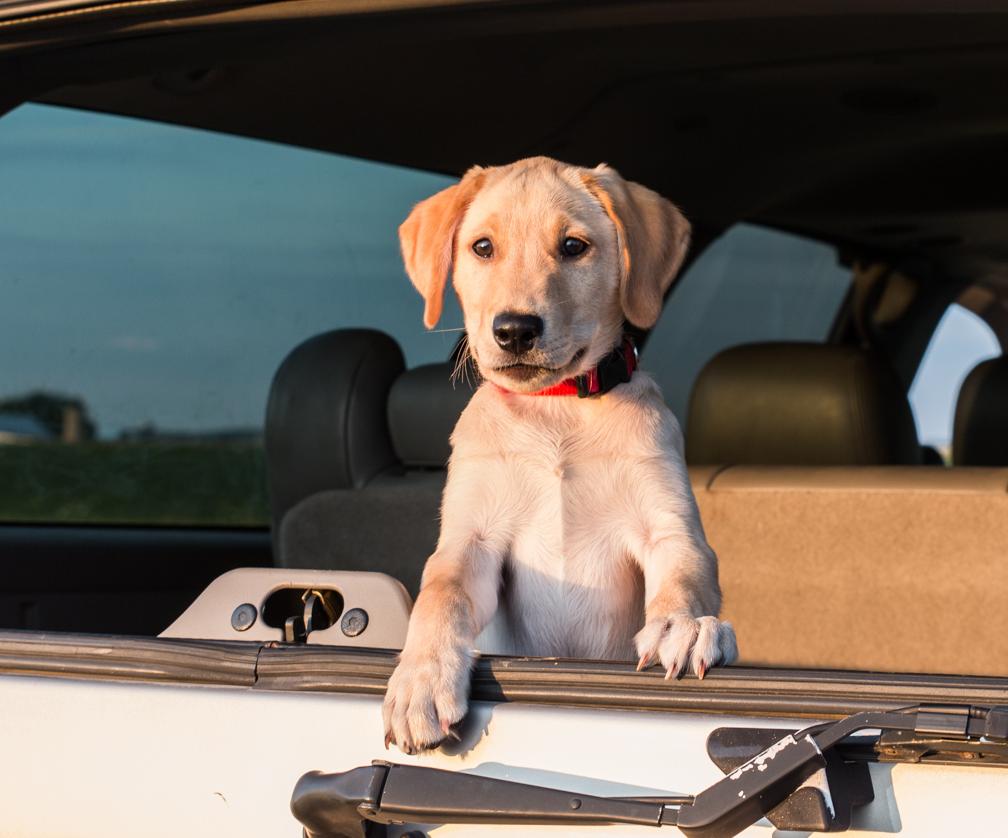
What Does 'Socialising' Your Puppy Mean?
by Tom Dokken
You hear a lot about 'socialising' your puppy, but what does that mean and why is it important? Socialising is actually training. By that I mean that every time you are with your puppy he is learning something. You need to make sure he's learning what you want him to...
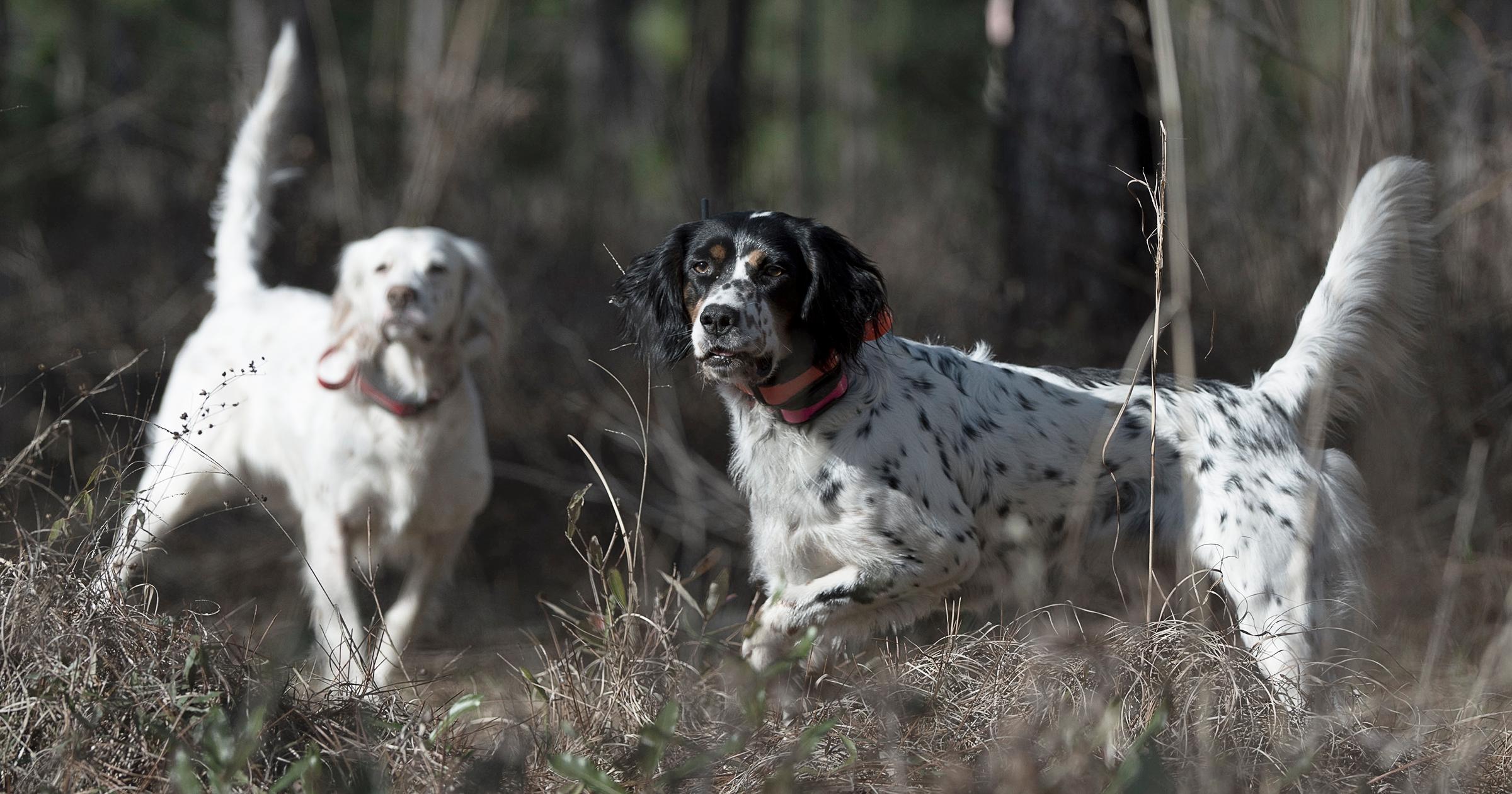
A Dog Ready for the Field
by The SportDOG Staff
Hunting seasons are in full swing. In bird fields you can hear the cackle of a bold cockerel taking wing, along with the hoarse voice of a hunter shouting at his dog as it chases the gaudy pheasant to the next farm field. It is easy to hear all about...
